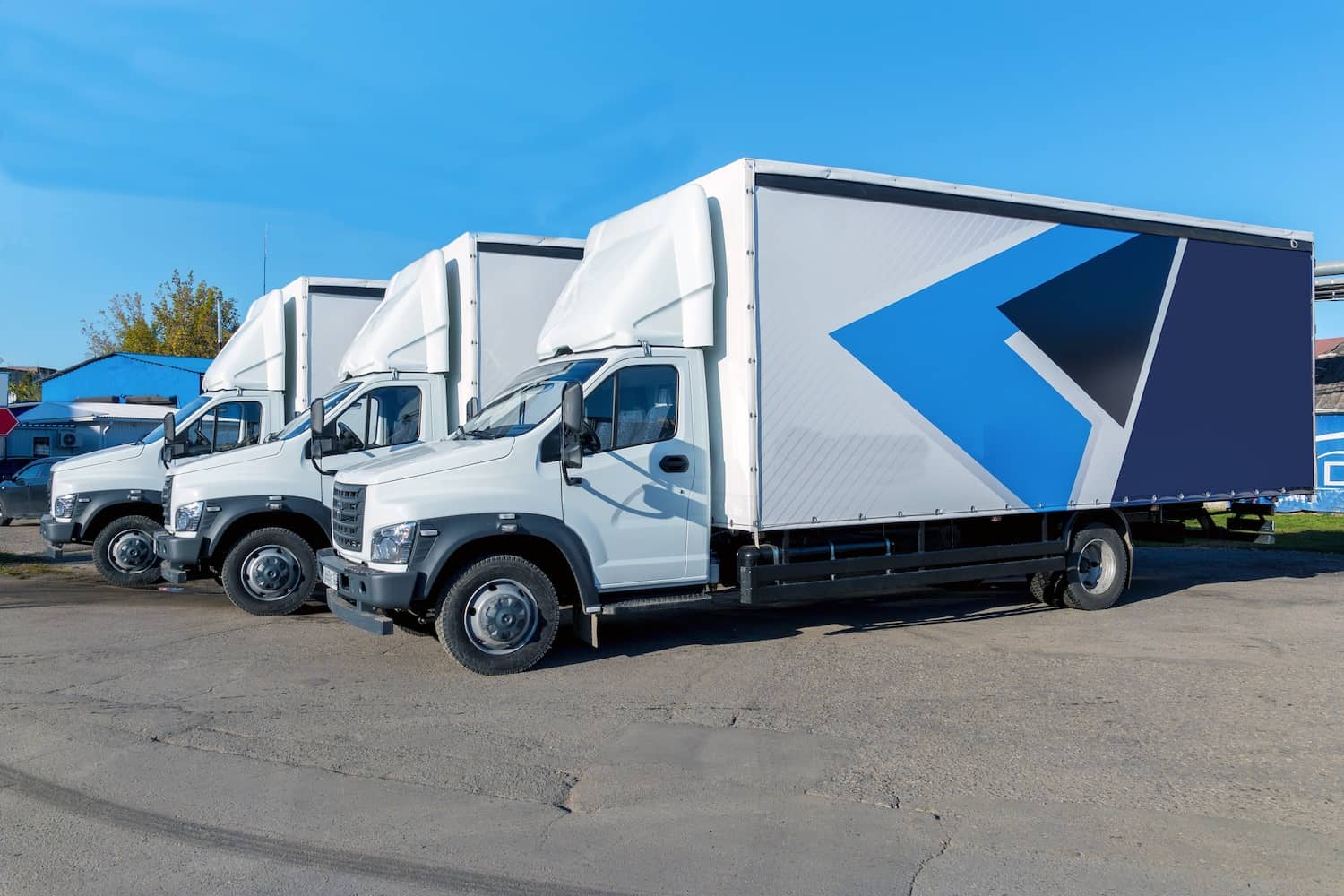If your business has a fleet of vehicles, it’s crucial to maintain an effective system of management from the top down. For peak efficiency and safety, we have compiled six tips for fleet management best practices.
1. Perform preventative maintenance
Keep up with routine maintenance of all your vehicles, such as regular tire rotation, oil changes, and inspections. Ensure that all your vehicles stay in proper condition to reduce costly repairs and improve fleet efficiency.
2. Establish a fuel management system
Fuel is likely one of your greatest fleet expenses. Track all fuel usages by implementing a fuel card system. You can also optimize your fleet’s usage by using fuel-efficient vehicles and emphasizing driving practices that save on fuel.
3. Implement training for safe driving
To ensure the safety of your drivers and promote your company’s profit, emphasize safe driving for all of your drivers and managers. We recommend requiring all drivers to complete a driving safety training course once a year. You can also set up safety regulations and perform regular safety checks for best fleet safety.
4. Use GPS tracking
To keep track of all your vehicles and determine the most effective routes, install GPS tracking on all vehicles. You can also use this to monitor driving habits and see how vehicles perform.
5. Monitor vehicle downtime
When vehicles are out-of-order, it’s costly for the company and reduces fleet effectiveness. Make sure you maintain your vehicles regularly to prevent breakdowns. If you notice any patterns or repeated failures, that could indicate a bigger issue, so stay aware.
6. Track driving metrics
Keep record of your drivers’ behaviors like their fuel efficiency, delivery times, and driving safety habits. If you notice problem areas, work with your drivers to ensure maximum effectiveness and safety. You may need to set up new regulations and require drivers to complete extra training to improve their performance.
Fleet management involves cooperation between both the managers and the drivers. When both parties work together, a fleet can become an efficient operation that promotes effective fleet performance.





